Exercise & the Healing Journey
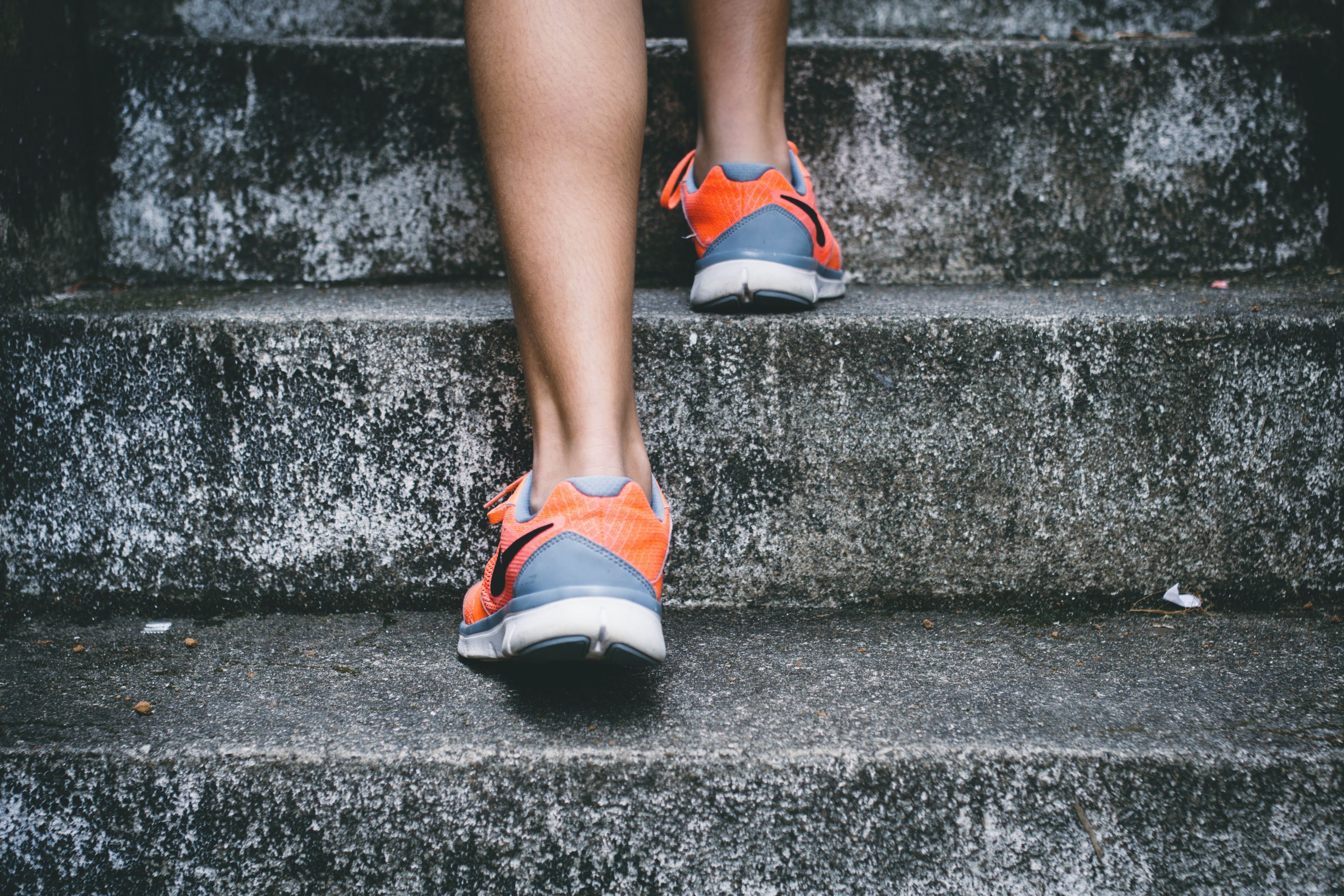
“Only by getting in touch with your body, by connecting viscerally with yourself, can you regain a sense of who you are, your priorities and values. In order to overcome trauma, you need help to get in touch with your body, with your Self.” Bessel van der Kolk
Van de Kolk, B. A. (2014). The Body Keeps the Score. Penguin Books
I roll over and glance at the bedside clock, 5:30 am. I swing my legs and sit on the edge. I wipe my blurry eyes, go to the kitchen, and begin my morning routine. I mix my Arbonne[1] Be Well Super Greens, Gut Health, Skin Elixir, and Mind Health, followed by a FeelFit Pea Protein Shake. I also mix an Energy Fizz to sip on while reading and journaling in the family room. At 6:45 am, I lace up my tennis shoes, stretch, position my headphones, and start the Self-Talk App[2] (On this morning, I decided to listen to Financial Success. I have the volume set just loud enough as if it is playing in the background). I grab my keys, head out the front door, anticipating what I may encounter on my daily jog. While I do this ritual, I have devised a game: I count how many rabbits I see along my route.
The air is heavy with humidity, and ribbons of amber and gold streak the eastern sky. My warmup consists of walking to loosen my legs and concentrate on deep and even breaths. Then I start my morning jog and start searching for rabbits. I recently discovered that I tended to count things during my abuse; it could be the number of floor tiles, books on a shelf, or anything that could help me retain a sense of control. I still count objects during my healing journey.
The excitement I feel when I spot a rabbit while jogging motivates me to look for others. Rabbits pop up in different places; you never know when or where. I have also seen other animals during my run, like albino squirrels, hawks, a doe and two fawns, and even a groundhog. I live in the suburbs, and unexpected encounters fill my morning jogs.
[1] Arbonne: John-Michael Lander | Arbonne
[2] Self-Talk App: https://www.selftalkplus.com?utm_refer=Jmla
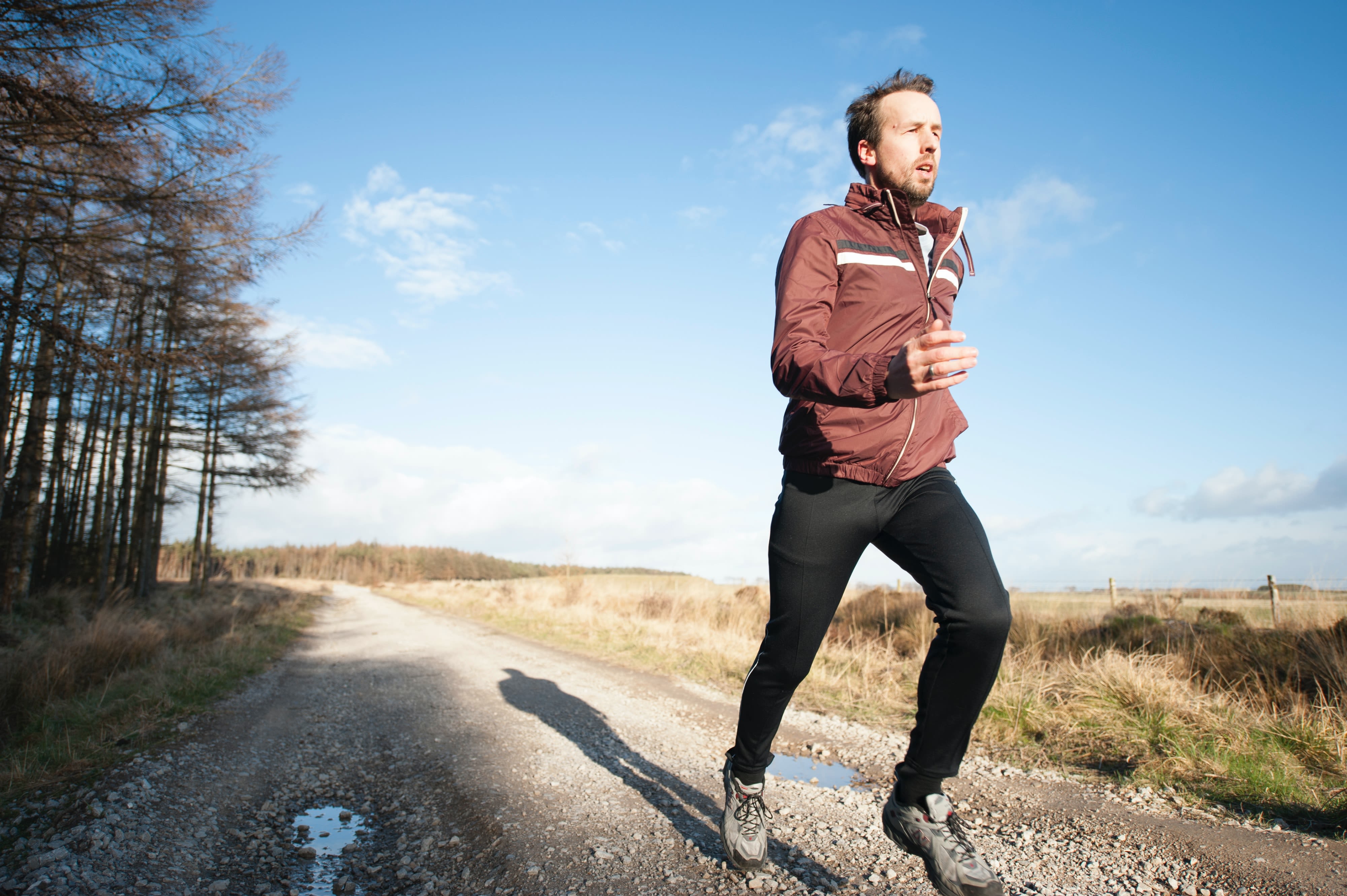

Photo by LOGAN WEAVER | @LGNWVR on Unsplash
Photo by LOGAN WEAVER | @LGNWVR on Unsplash
Research has demonstrated that exercise is beneficial for the body and mind. Exercise has been linked to help with depression, anxiety, stress and improved sleep. Research also supports the theory that traumatic events/experiences are stored in the body, and one way to heal is to use movement. So, physical exercise and movement benefit a survivor's healing journey.
Stewart Kitchen[1] said, "I became a 'busybody' after the abuse. The busier I was, and the more goals and projects I worked on, the less I thought about what happened and how it made me feel. The problem was that I wasn't taking the time to reflect on any other part of my life in a healthy way, and that had its own consequences."
"Safely exercising benefits people in several ways," said Anne Richardson, former Pilates and Yoga instructor. "Physically, exercise promotes cardiovascular and musculoskeletal health, promoting positive health outcomes such as reduced risk for chronic health conditions like Type 2 Diabetes and hypertension. Mentally, exercise releases endorphins, a 'feel-good hormone' that naturally lifts the mood. Many people say that exercise helps them to clear their minds and refocus. Working out can also be socially beneficial because it provides a way to connect. Simply walking with someone and having a conversation is beneficial for physical and mental health. All of these benefits combined promote greater quality of life."
George Gazetas, a trainer for Title Boxing[2], stated, "Exercise can help survivors with instilling the mental stability, running into obstacles and overcoming them, and developing a physical strength presence."
"Survivors have a lot of emotions that they are going through; some of the emotions are healthy, and some are bad. Exercise allows the survivor to release many emotions," stated Krista Kettering-Thobe, Title Boxing Trainer. "Studies show that exercise is good for increasing endorphins and energy. Mentally, exercise decreases anxiety, depression, and other negative emotions. Physically, exercise can help with weight management, cholesterol, blood pressure, etc.”
[1] Stewart Kitchen, She Has A Name, She Has A Name
[2] Title Boxing Kettering: TITLE Boxing Club Kettering | Boxing & Kickboxing Studios for Full-Body Fitness
Anne Richardson added, "Many survivors have traumatic energy trapped in their bodies that could not be successfully discharged when the trauma happened. Exercise can provide a healthy way to discharge some of that traumatic energy in a safe environment. Additionally, the physical, mental, and social benefits of exercise mentioned above can positively impact survivors as they heal. As long as the survivor approaches exercise from a health standpoint (as opposed to, for example, a way of 'punishing' themselves), it can help them to realize tangibly that physical and mental wellbeing are attainable." Krista Kettering-Thobe supports this idea: "Geared to survivors, exercise is more about the mental aspect and therapeutic. Anger, anxiety, depression, and if you are on the other side of the healing process - exercise helps regulate these emotions.”
Gigi Kilroe[1] shared, "One of the ways I dealt with my sexual abuse was through an eating disorder. I was a compulsive over-eater, gaining 150 pounds and hating my body. Part of my healing journey involved establishing a healthy relationship with food, eating to live, not living to eat."
"What fitness does for the mental health aspect is you are building a better tolerance to patterns and uncomfortable situations and choice decision making," said George Gazetas.
Stewart Kitchen explained, "After seeking counseling as an adult and learning the importance of self-reflection and meditation, I fell in love with running. I have an hour every day to be alone, reflect on my life, practice breathing, and listen to my body. Running is a way to maintain my life's physical and mental health simultaneously."
[1] Gigi Kilroe, From Within | (gigikilroe.com)
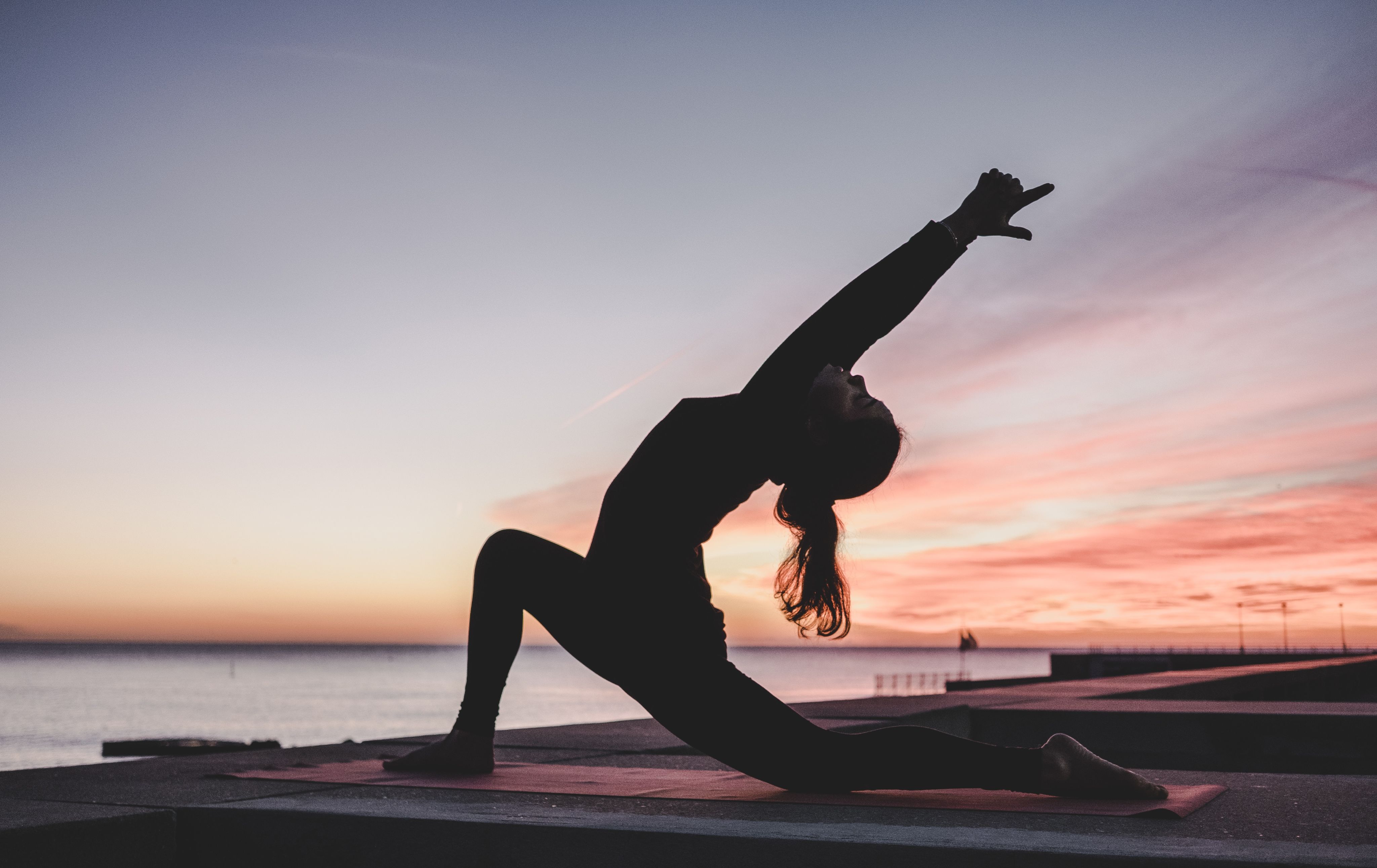
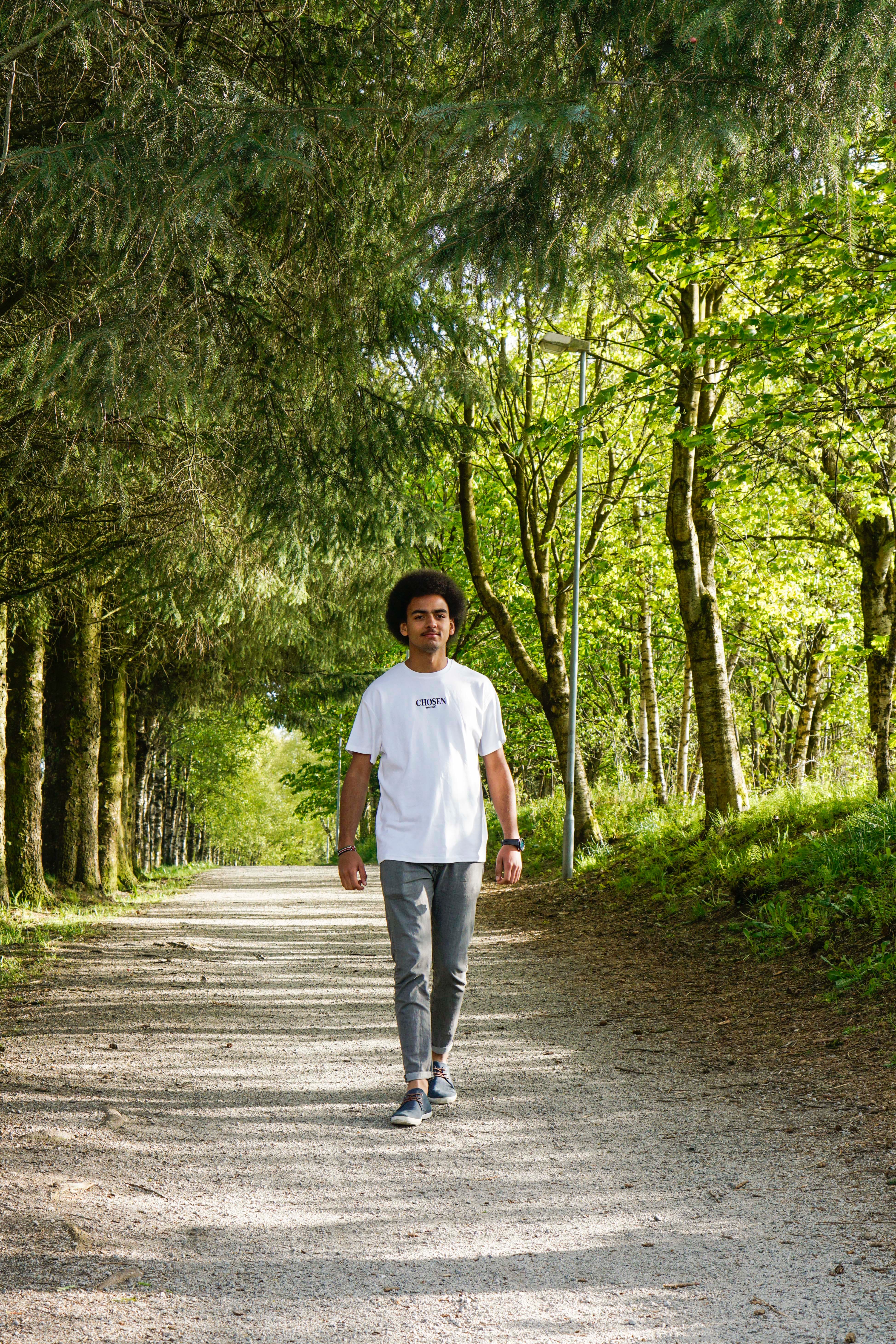
Photo by Nathan Van de Graaf on Unsplash
Photo by Nathan Van de Graaf on Unsplash
Studies have proven that sexual abuse can have long-term effects that may not become apparent until later in life. Some survivors suppress their feelings based on the traumatic experience and do not get professional help to address the issues, which can cause long-term effects like inflammation, chronic illness, and even death. George Gazetas added, "Exercise can ease inflammation in the body. As you move, you create better blood circulation, better nutrient flow to the muscles so the body can repair."
"Some survivors feel disconnected from their bodies, betrayed by their bodies, or feel that their bodies are no longer important or worthy of being cared for. We see this sometimes when survivors use drugs or food to numb the emotional pain they feel, which further alienates them from their bodies and minds. Over time, a healthy exercise regimen can enable survivors to connect with their body and mind and experience a sense of being 'grounded' or 'centered' within their bodies. Instead of being a shell or vessel they exist in, the survivor's body can begin to be experienced as a true part of them, worthy of being nurtured and loved. Additionally, since we know from decades of research regarding Adverse Childhood Experiences (ACEs) that trauma can contribute to chronic health conditions and disease, exercise can help mitigate or even reverse the physiologic harm caused by trauma," explained Anne Richardson.
Gigi Kilroe added, "I started walking… and can't tell you how beneficial it has been. I made a tape of my favorite 70s tunes and songs representing feelings of being a powerful survivor. I put my headphones on and sometimes sing those songs at the top of my lungs while walking! For so long, I lived a very sedentary lifestyle, and walking has been able to ground me physically, and it somehow represents to me that each step I take is another step on my healing journey. Walking is now a part of my routine, and it has helped me learn to love and accept my body exactly as it is! I'm proud to say I have lost 120 pounds and have learned to live each day one day at a time."
Stewart Kitchen demonstrates how exercising has helped his healing journey in ways that are helping others: “I am training for the Columbus Marathon[1] this fall (my third!) and am raising funds for Nationwide Children's Hospital's Behavioral and Mental Health Services[2].”
Anne Richardson elaborated, "Exercise has been instrumental in my healing journey. A relative sexually abused me during a family vacation when I was 6, and I suffered a violent rape by a neighbor when I was 12. I have scattered memories of the earlier abuse, but the rape completely upended me in body, mind, and spirit. Limping home from the assault that day, I felt entirely disconnected from my body, and I continued to feel that way, in varying degrees, for more than 20 years. As an adult, I had opened up about my victimization experiences in therapy, but I still felt disconnected from my body.
"When I started working out with DVDs at home, I liked how it made me feel. I joined a local gym on a whim, but I found the environment intimidating. I spoke with a personal trainer there and started working with him 2 to 3 times per week. I gained both confidence and strength. I'll never forget handling a plastic bowl at home and accidentally breaking it because I didn't realize the grip strength I had gained. I felt so powerful!
"Working out with the DVDs and at the gym helped me to feel confident and strong, neither of which I had ever felt. But it wasn't until I took up running that I could more deeply regain the connection with my body. Running is challenging for me – it does not come naturally at all. Even though running often felt like a chore while I was doing it, how it made me feel physically afterward was wonderful. I was in the best shape of my life. As I gradually increased the distances that I ran, something about being out there on my own struggling through a run took me back to many of the emotions I had locked away following the rape. I eventually ran two full marathons, which was a perfect analogy for surviving rape and abuse. There were many times over those 26 miles that I didn't think I could go on. But limping across the finish line, exhausted but triumphant, was like telling my abuser and rapist, 'Fuck you. This is my life and my body, and they belong to me.'”
[1] Columbus Marathon, Meaningful Miles | Nationwide Children's Hospital Columbus Marathon
[2] Team Mighty Minds Nationwide Children's Hospital Columbus Marathon Fundraising Page: https://tinyurl.com/MightyMindsNCH
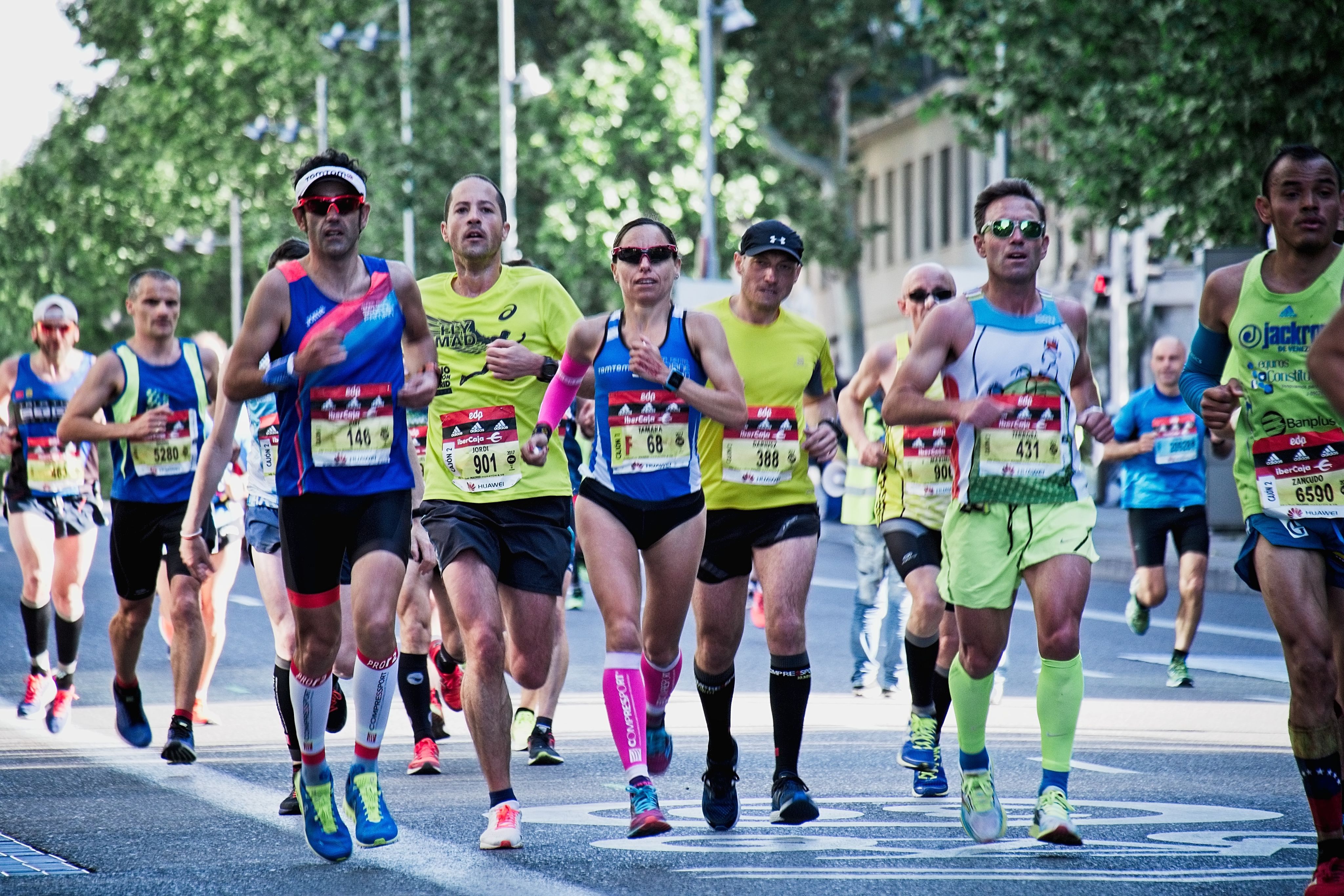
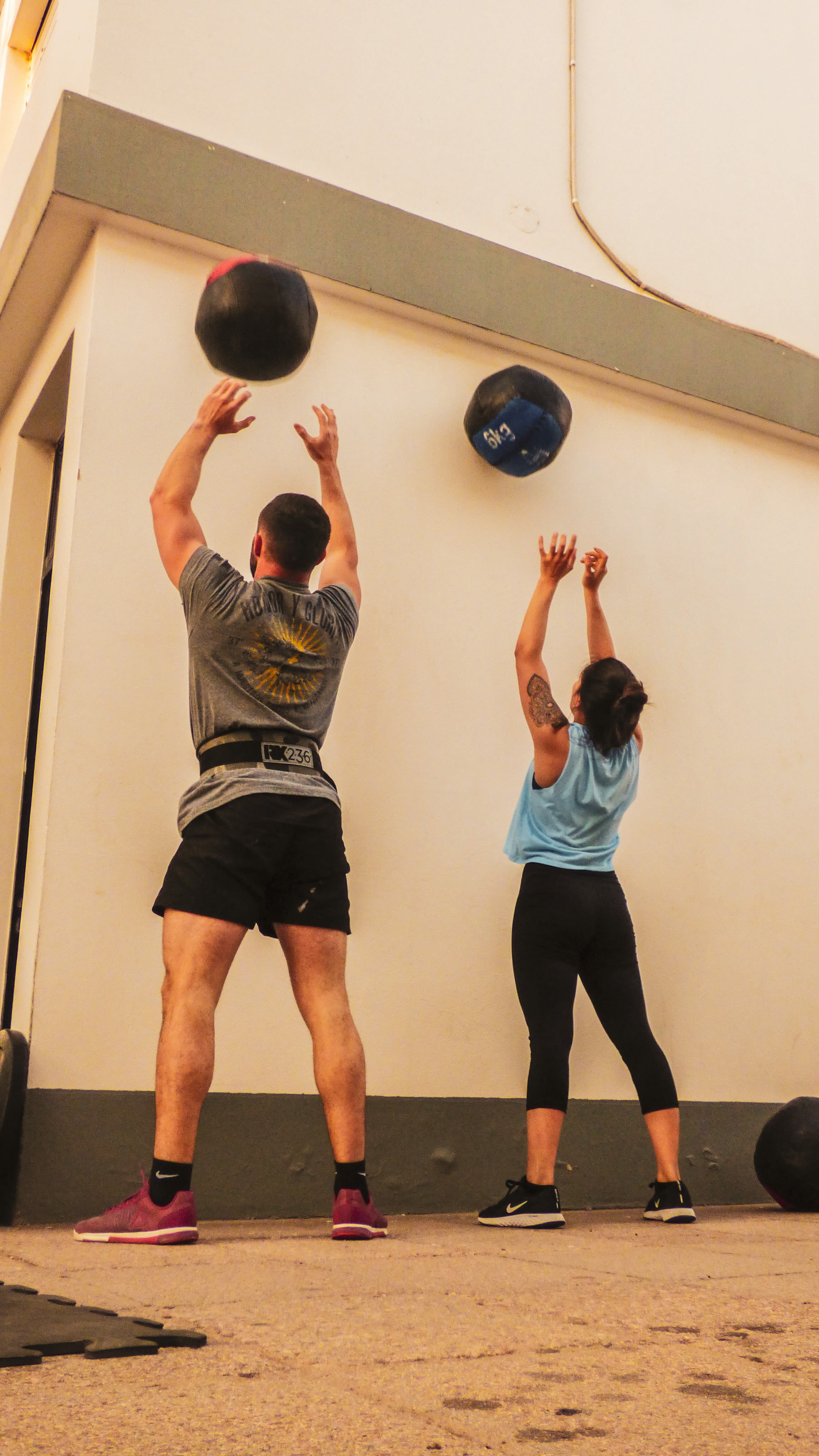
Photo by Federico Faccipieri on Unsplash
Photo by Federico Faccipieri on Unsplash
New York Times Bestselling author, advocate, podcast host, and survivor Lewis Howes[1] emphasizes, “No matter where you are on your fitness journey, each step can be one in the right direction.” In his book, The School of Greatness, he provides these suggestions:
1. Carve out the time to exercise.
2. Start moving and get active.
3. Find an accountability partner for support.
4. Do some exercise that challenges you every day.
Anna Richardson added, “I no longer teach fitness classes, but when I did, I taught a group fitness class for women that was a hybrid of Pilates and Yoga that did not utilize equipment of any kind, but was instead focused on cardio, strength, and flexibility through sequenced body movements. I still practice this exercise on my own, even though I no longer teach it. In thinking about this question, it occurs to me that what I brought to my classes, and what my clients experienced, were informed by my experience as a survivor. While classes helped my clients in terms of their health and fitness (because the workout was very effective), I think the social and emotional benefits were even more helpful. Specifically:
· Most of my clients came with at least one other person, so the workout was a way to connect with others via a shared interest. This made the workout more enjoyable for them, and it also infused a sense of shared support and accountability – “I’m showing up to class today, so you should too.”
· Anyone from any fitness level could take the class because the movements were all customizable (from easier to more difficult) and required no equipment. This helped everyone to feel capable and to feel that they belonged.
· I was able to anticipate the struggles and emotions that my clients might feel because I have felt them, too. I modeled this in my teaching methods. I continually offered encouragement and humor, including occasional self-deprecating humor, so that everyone felt welcomed and accomplished. I also did the workout alongside my clients, so that they could look to me (and not just listen to me) if they needed guidance, and so that they didn’t feel like I was watching them or looking at them all the time.”
[1] Howes, L. (2015). The School of Greatness. Rodale
No matter where you are in your healing journey, take a moment and consider the benefits of adding exercise to your daily routine. A simple walk to the mailbox could lead to running a marathon. The important aspect of exercise for survivors is to reunite with your body through movement, which will help you on your healing journey.

About the Author:
John-Michael Lander is a Survivor, Advocate & Public Speaker
He is also the founder of An Athlete's Silence: www.anathletessilence.com
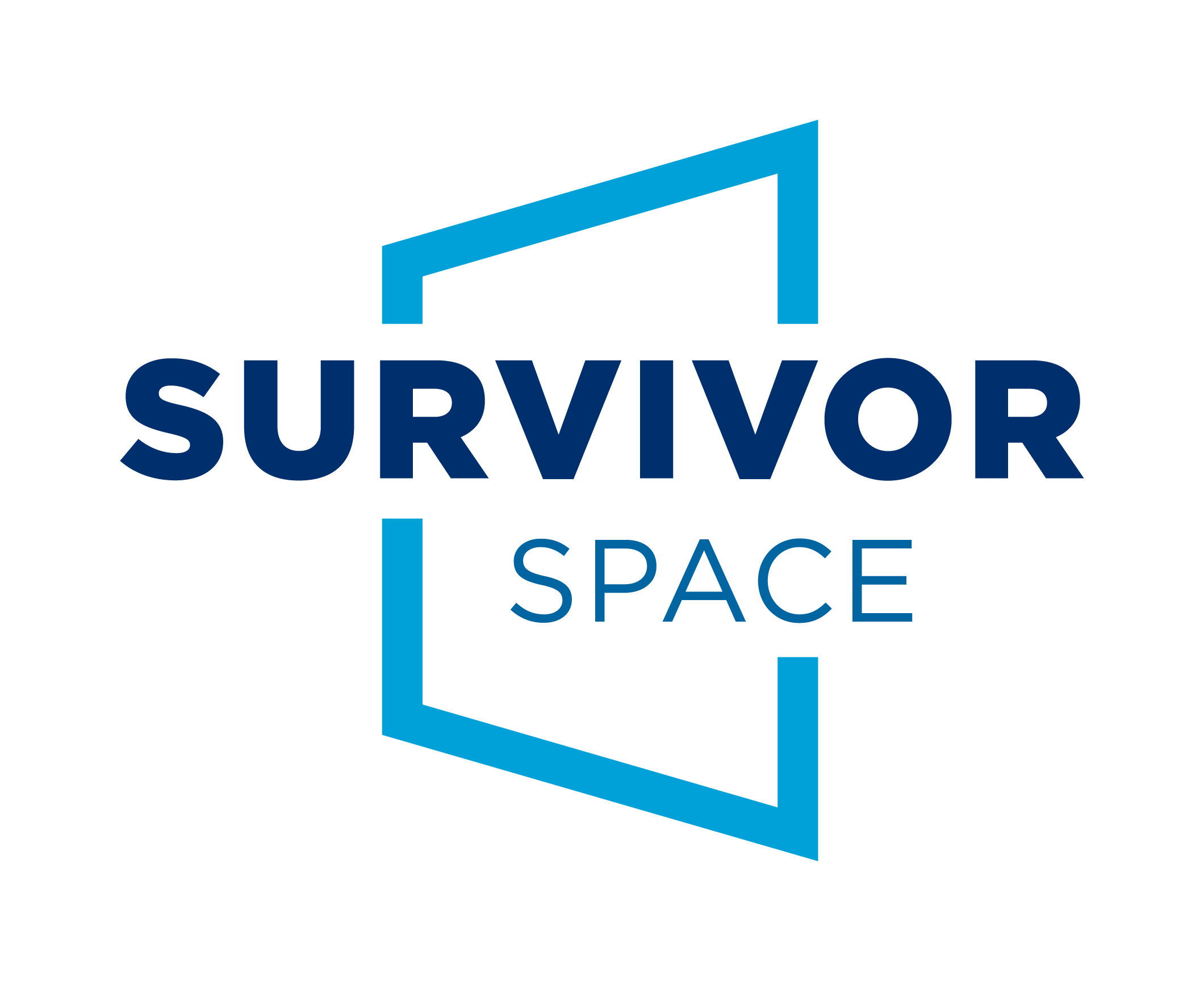
Published by SurvivorSpace, an initiative of Zero Abuse Project
